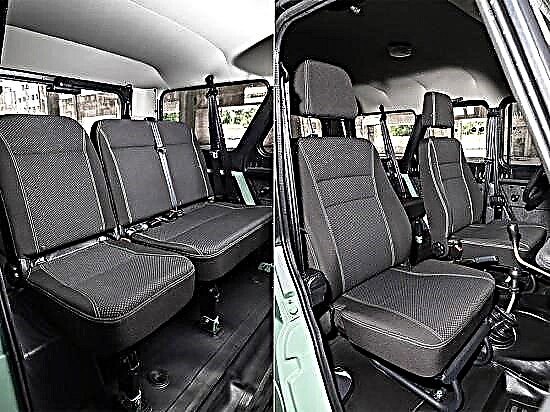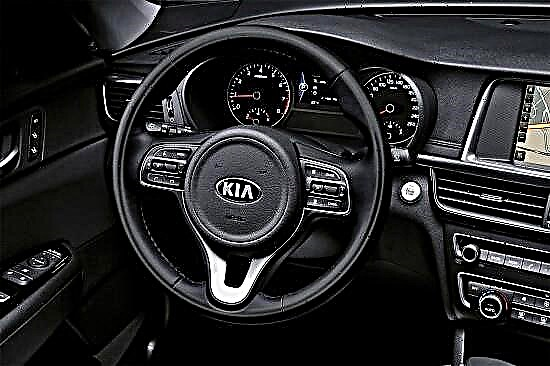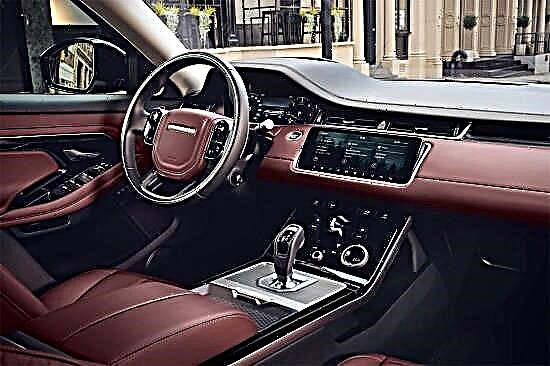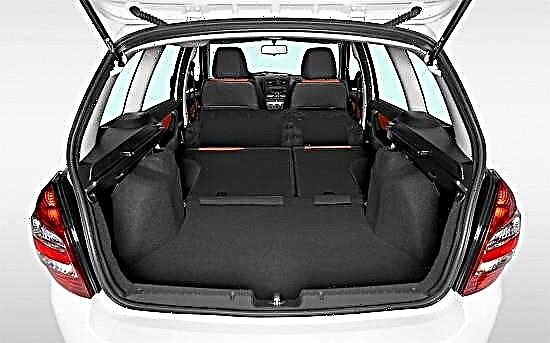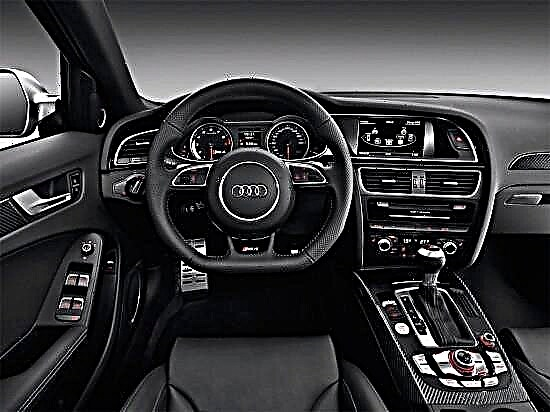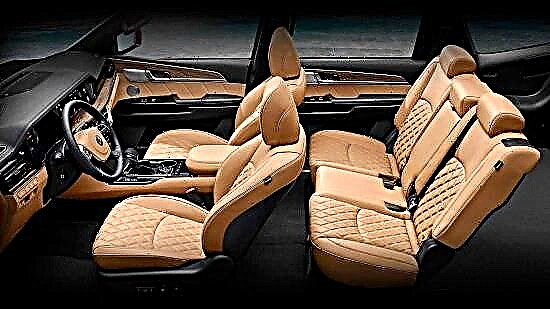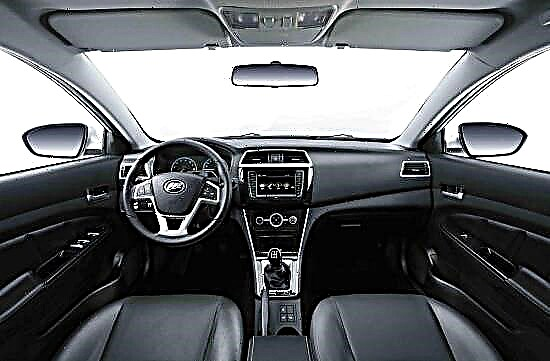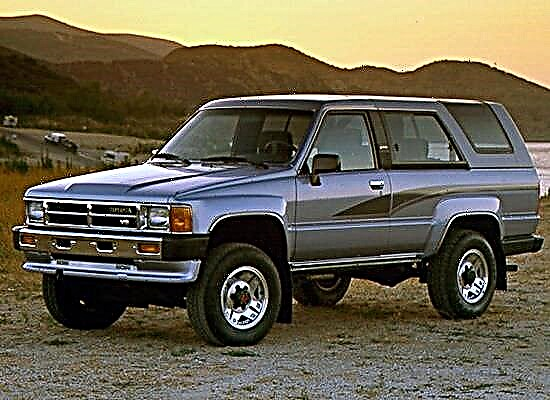The first generation 4Runner SUV with the internal designation N60 was put into mass production in 1984, and this Toyota was intended primarily for the North American market (in Japan it was called the Hilux Surf).
Throughout its life cycle, the car was constantly modernized, and on the conveyor it lasted until 1989 - it was then that the presentation of the next generation model took place.

The "first" Toyota 4Ranner is a frame SUV of the compact class, which has two doors and a removable top over the cargo area. "Japanese" was offered in two versions - passenger with five seats and cargo, where the main part of the cabin is reserved for the luggage compartment.

The total length of the car is 4435 mm, of which 2625 mm is reserved for the wheel base, the width is 1689 mm, and the height does not exceed 1679 mm. When stowed, it rises at a height of 210 mm.

Initially, the first generation 4Runner was equipped with a 2.4-liter carburetor gasoline engine with a capacity of 100 horsepower, but later, due to the installation of a fuel injection system, its output increased to 116 "horses" and 192 Nm of torque.
Since 1988, a 3.0-liter "aspirated" V6 has been installed on the SUV, generating 143 forces and 240 Nm of maximum traction.
For the "Japanese" offered a 5-speed "mechanics" or 4-speed "automatic", as well as technology of the connected all-wheel drive type part-time.

At the heart of the 1st generation car is a platform from the Toyota Hilux pickup, which implies the presence of a dependent structure with a continuous axle on both axles. In 1986, as a result of modernization, the SUV received an independent front suspension with double levers on longitudinal torsion bars. The steering system of the "first 4Ranner" includes a hydraulic booster, ventilated disc brakes are integrated on the front wheels, and drum devices on the rear wheels.
An SUV has a number of positive and negative qualities. Among the former, one can single out excellent cross-country ability, a high-torque engine and a large supply of internal space, among the latter, weak dynamics, high fuel consumption and an impressive curb weight.

